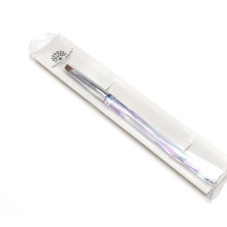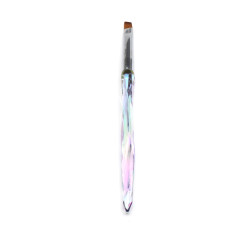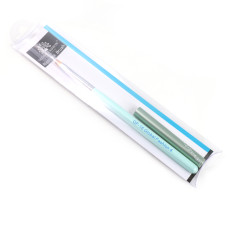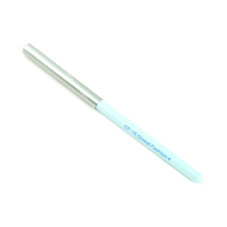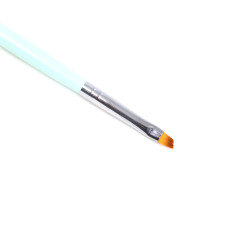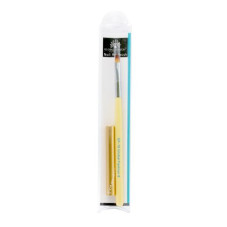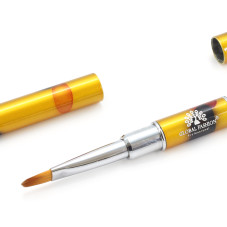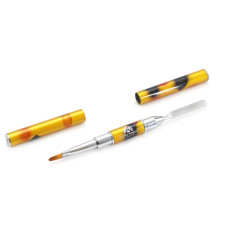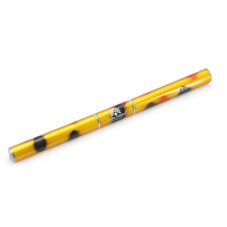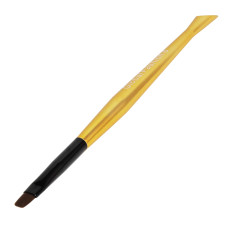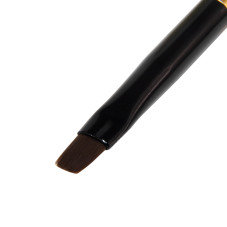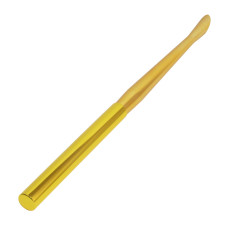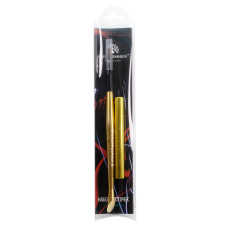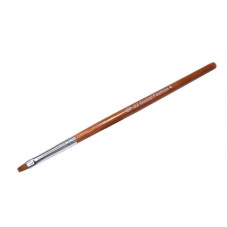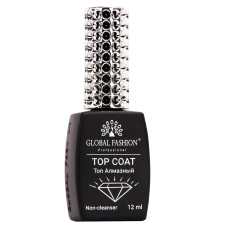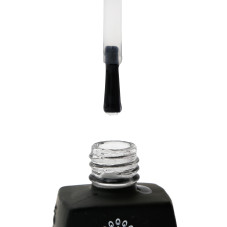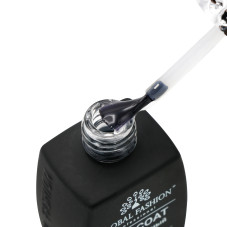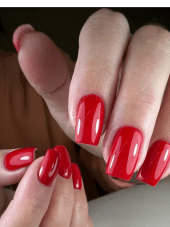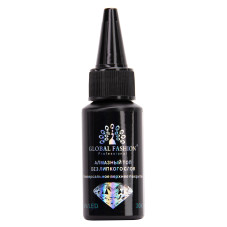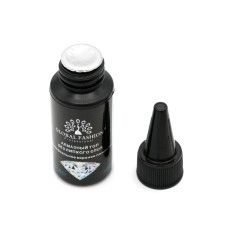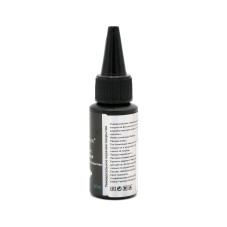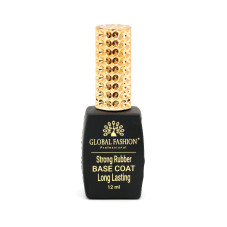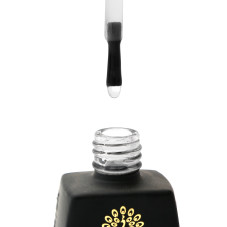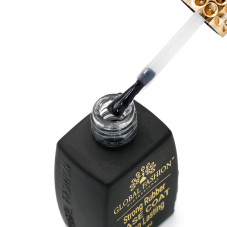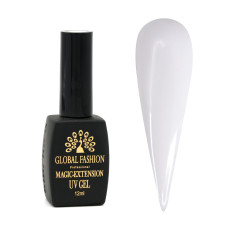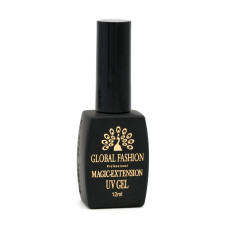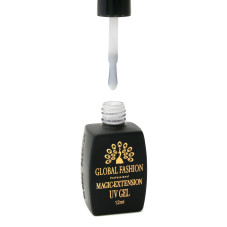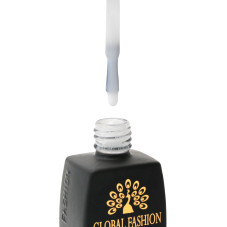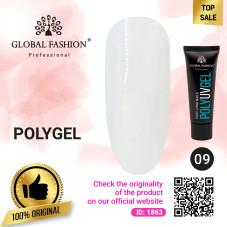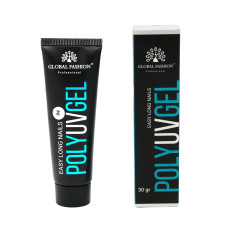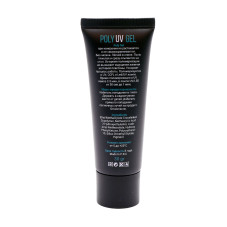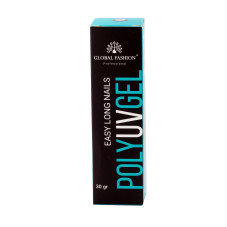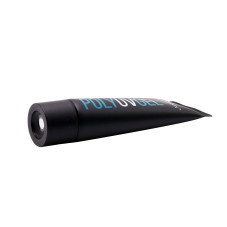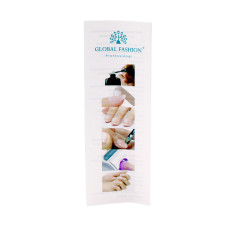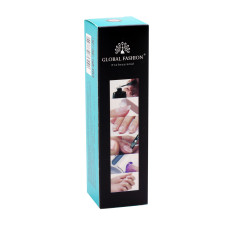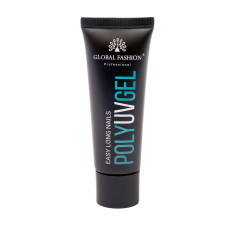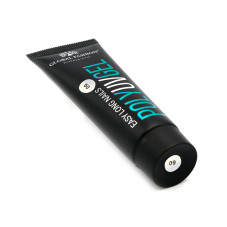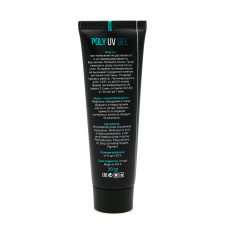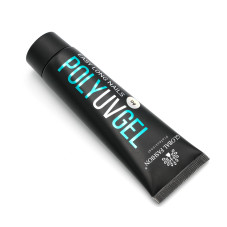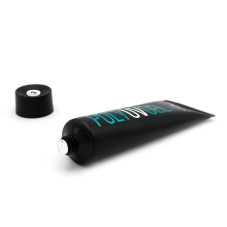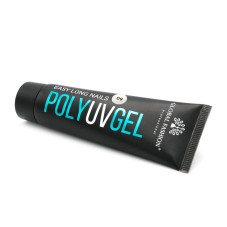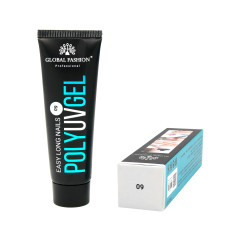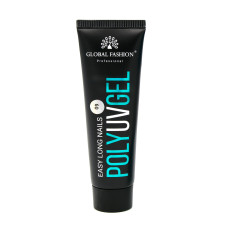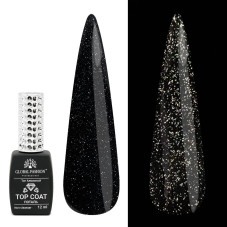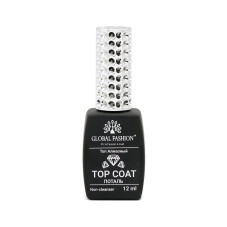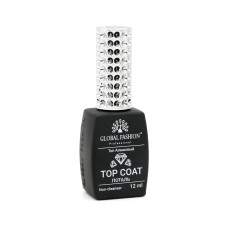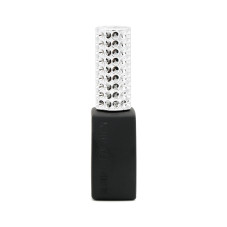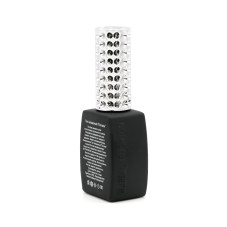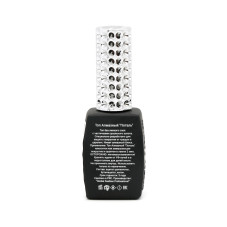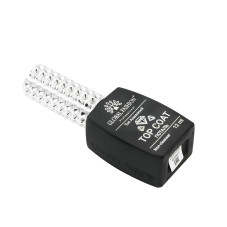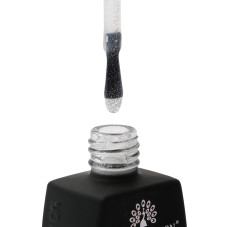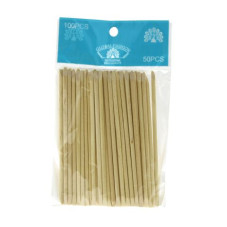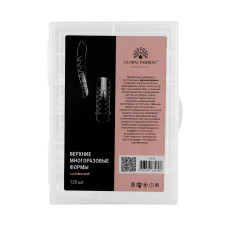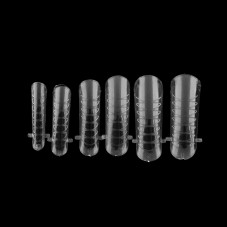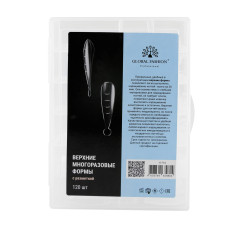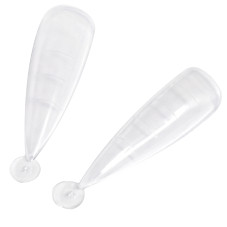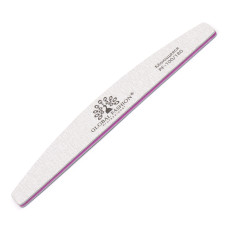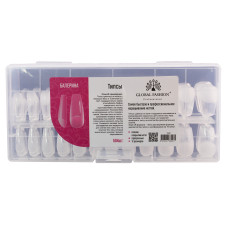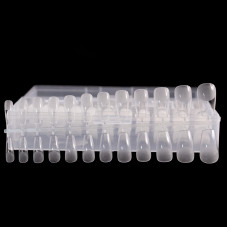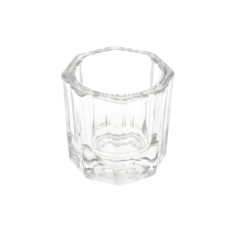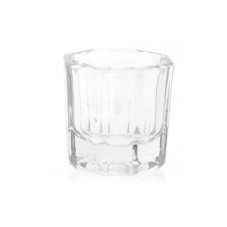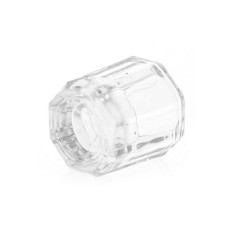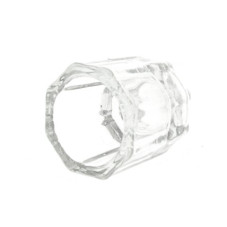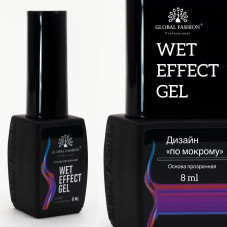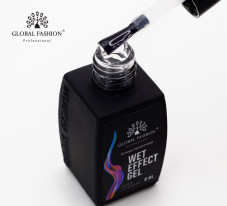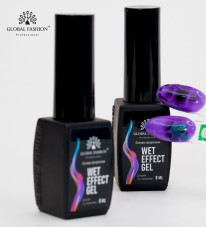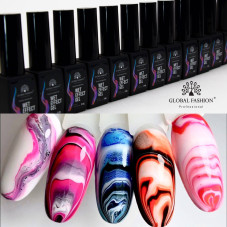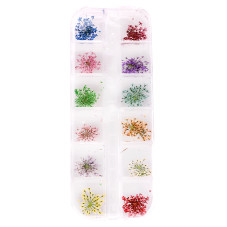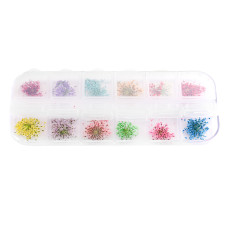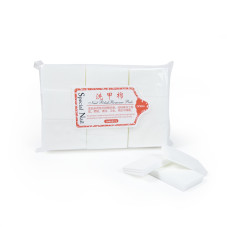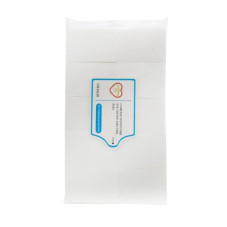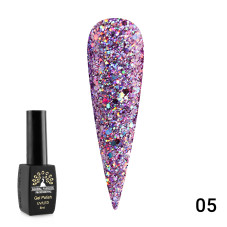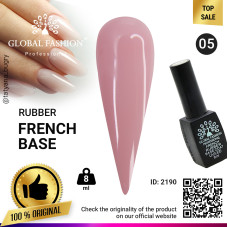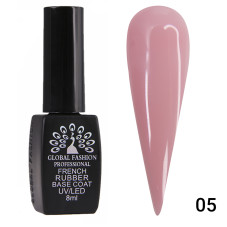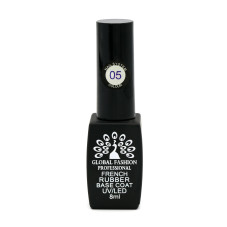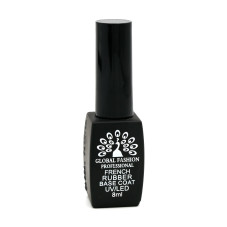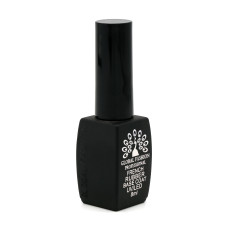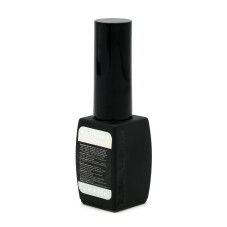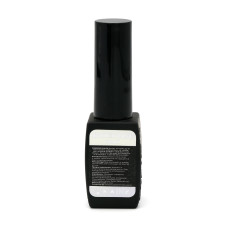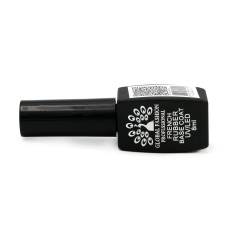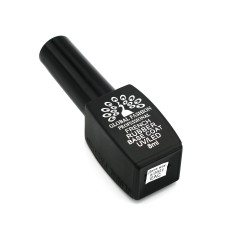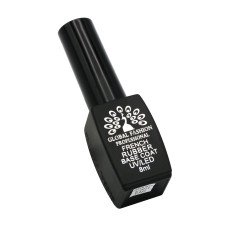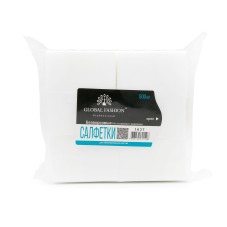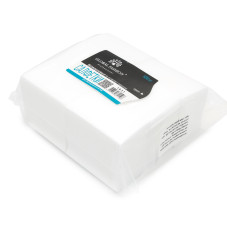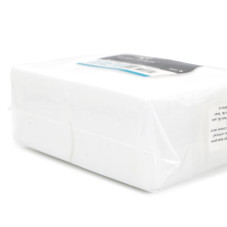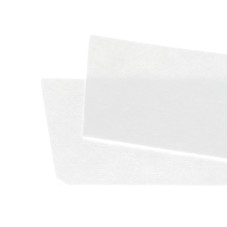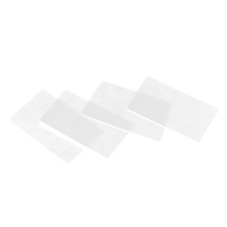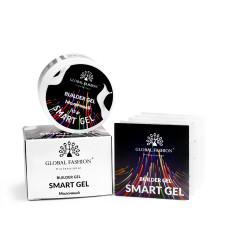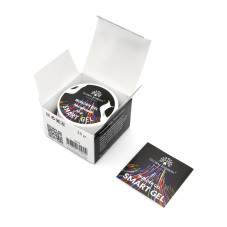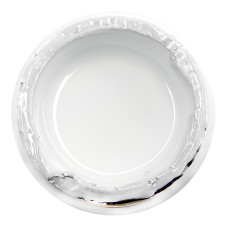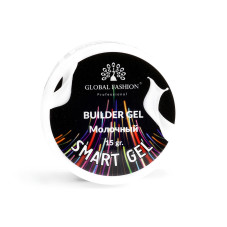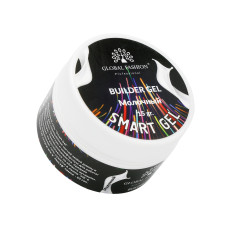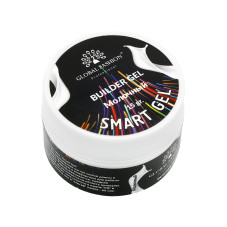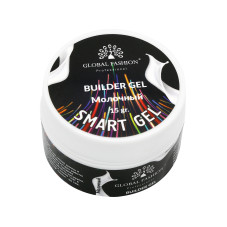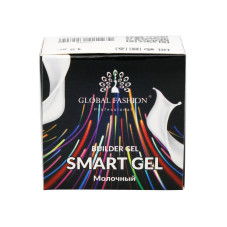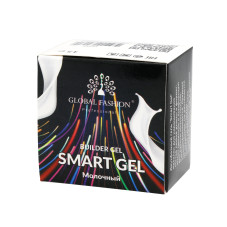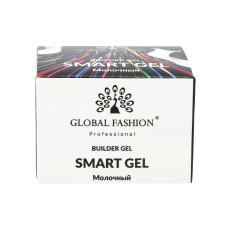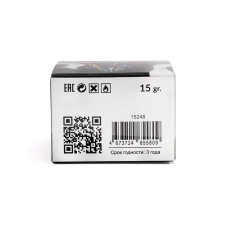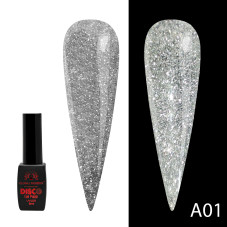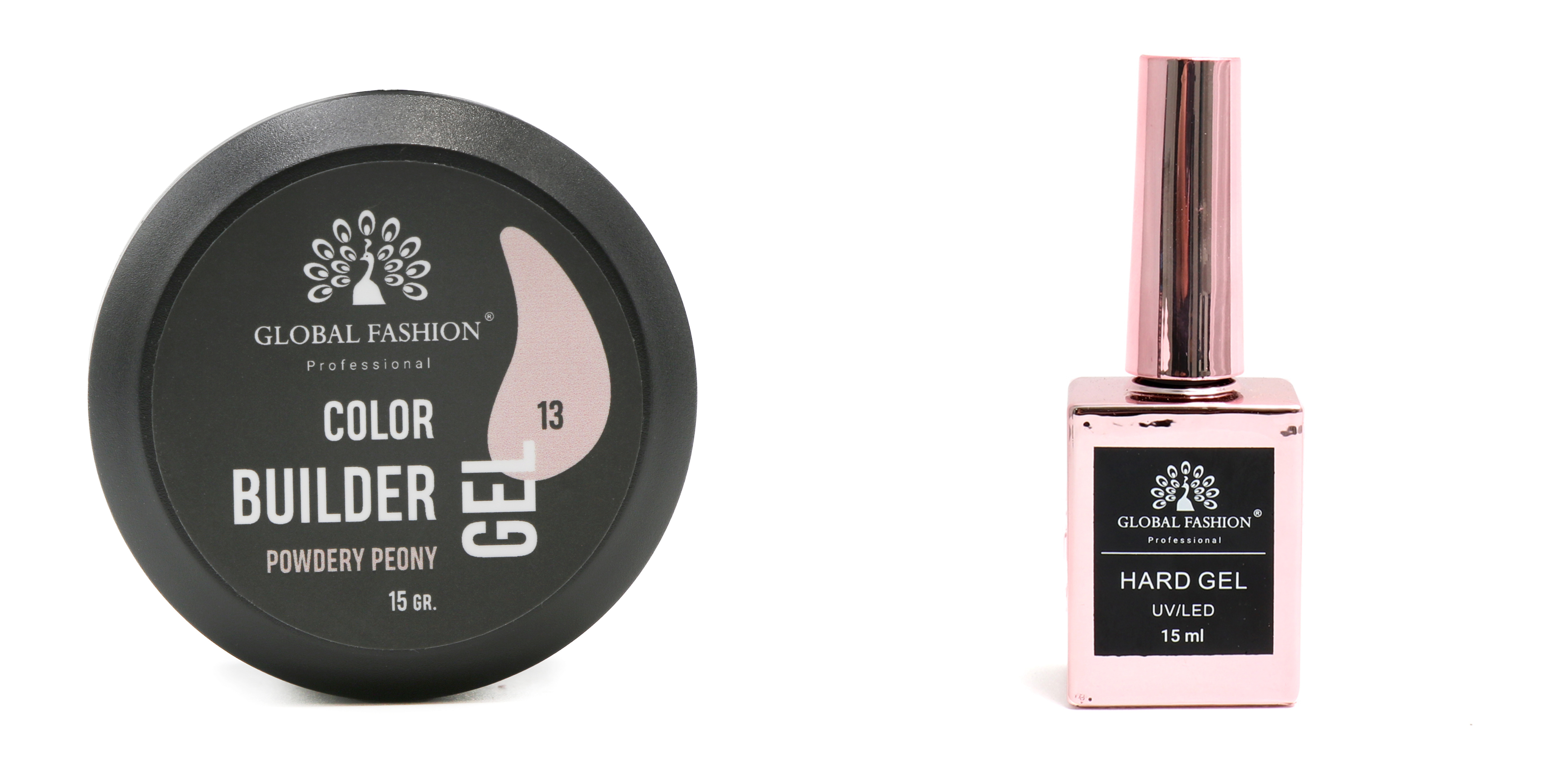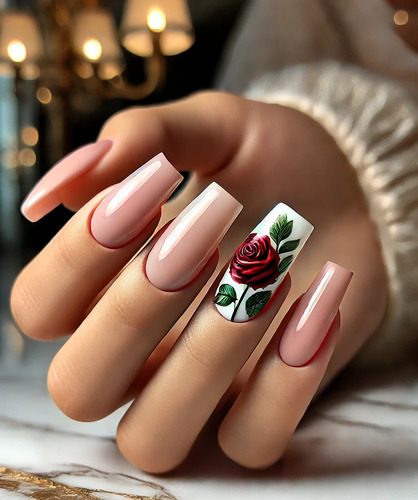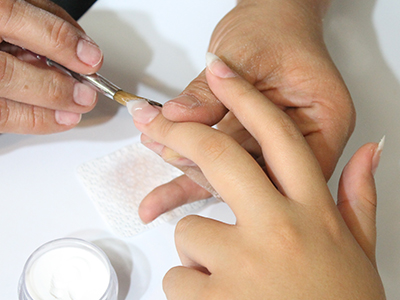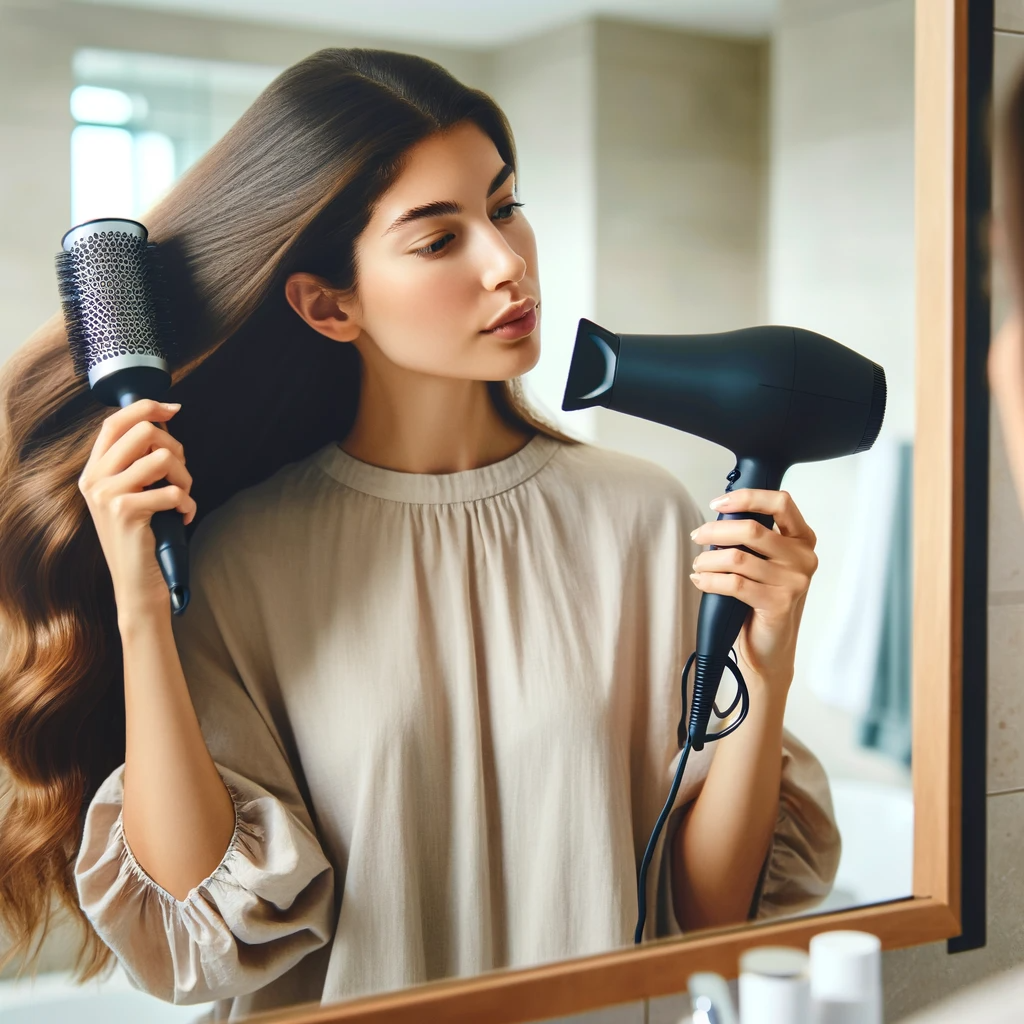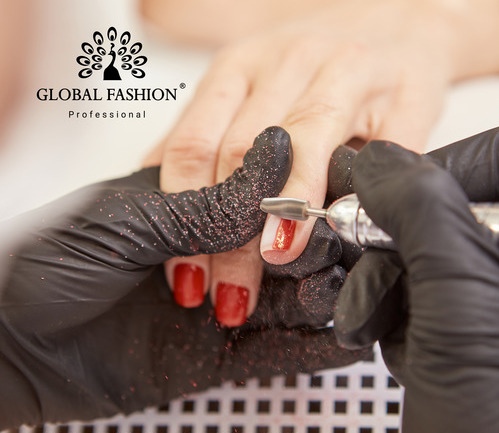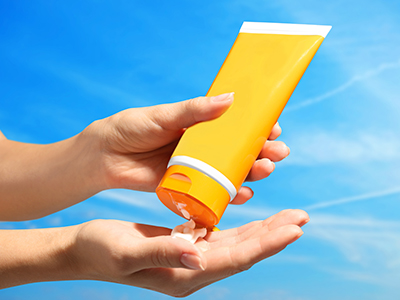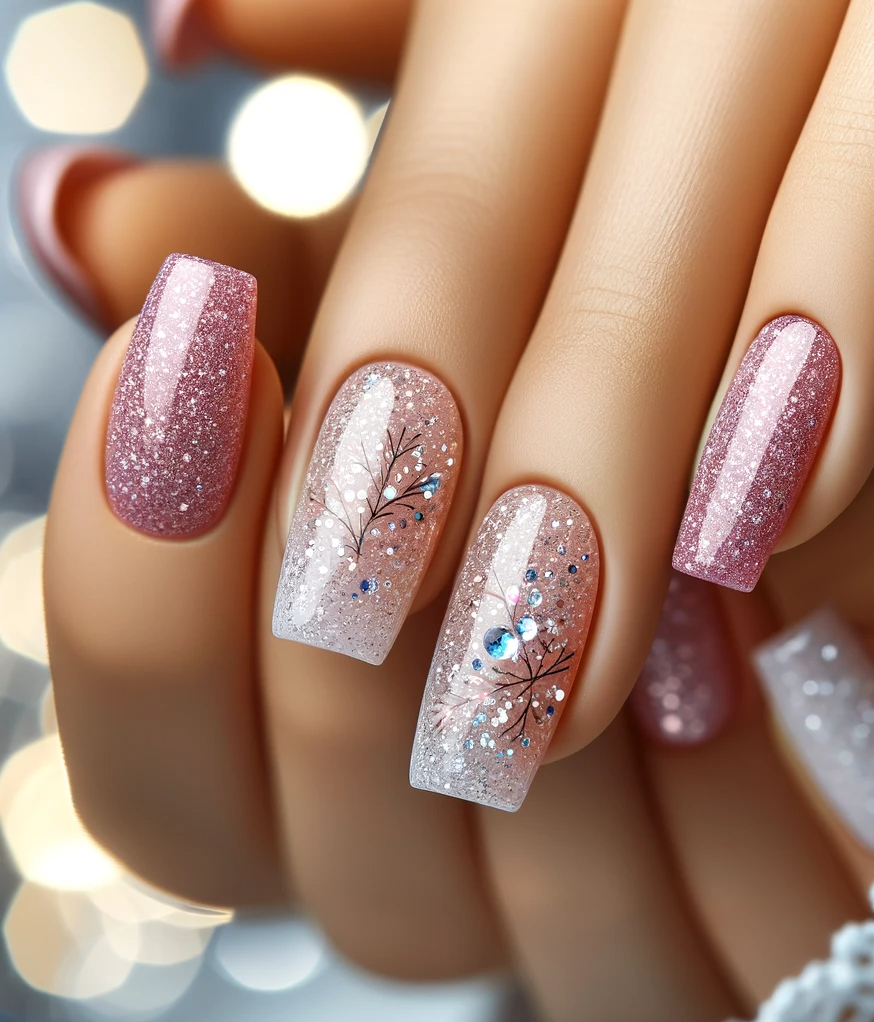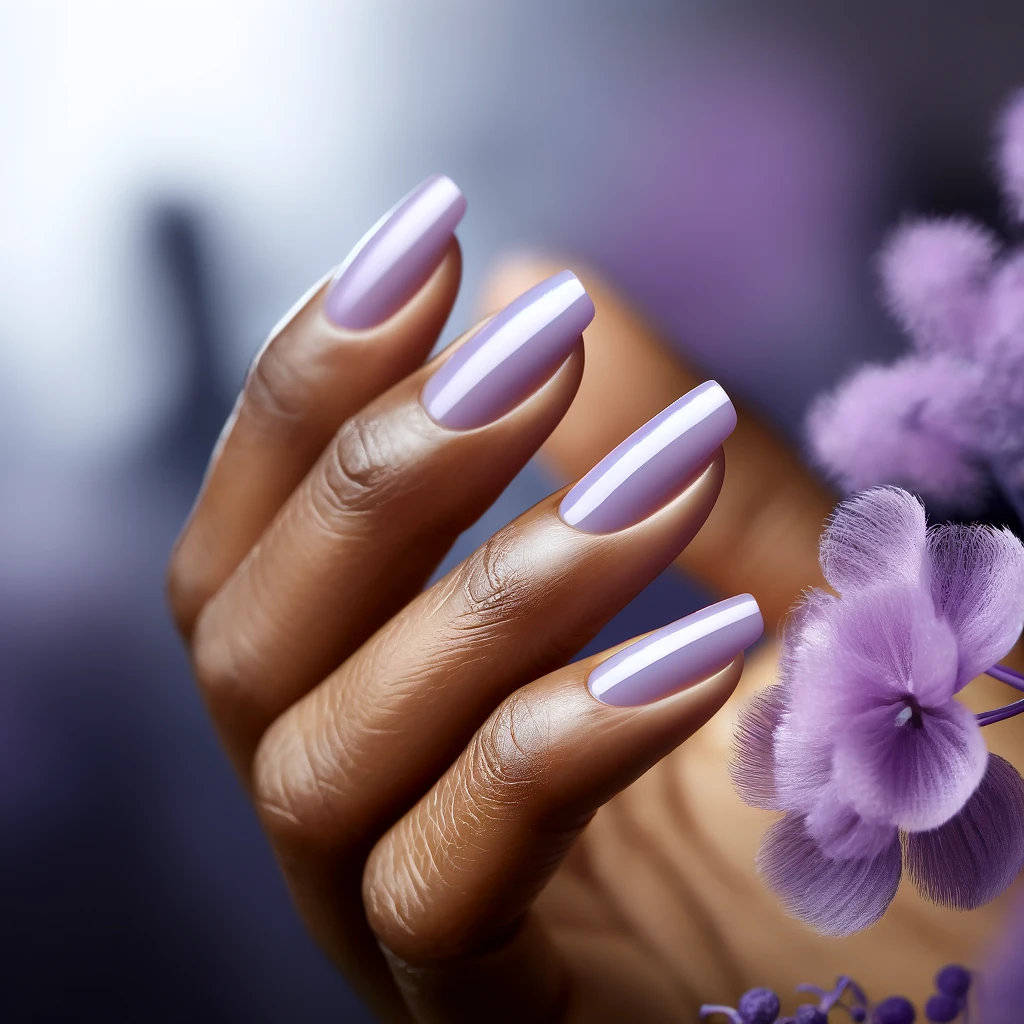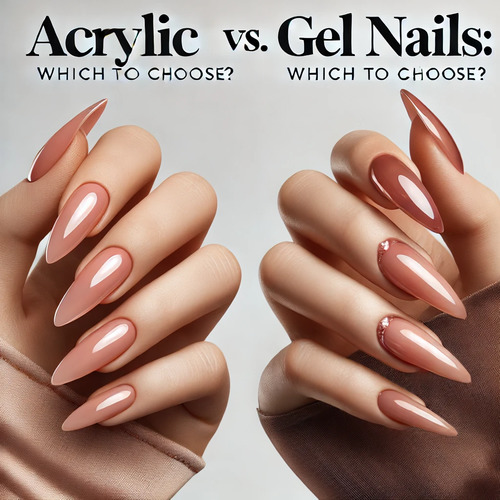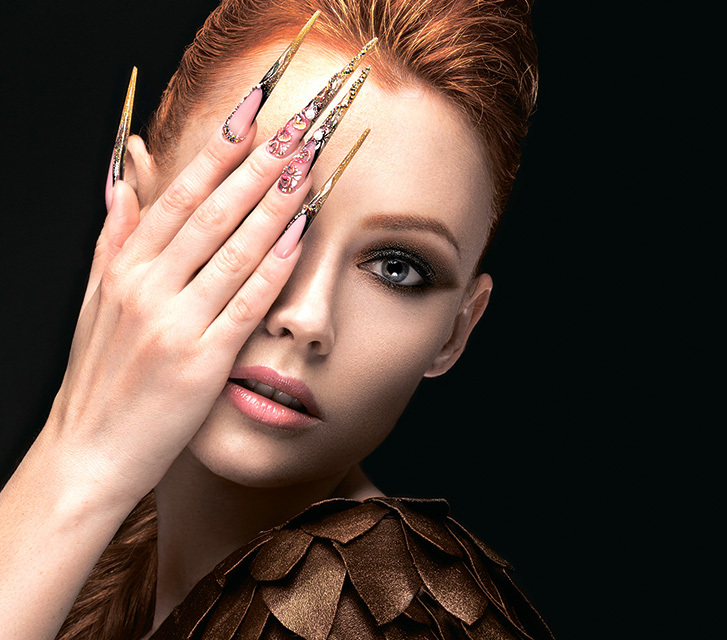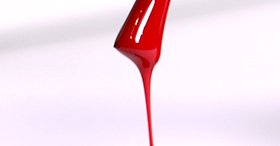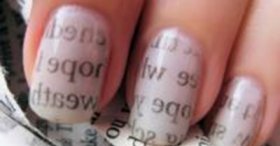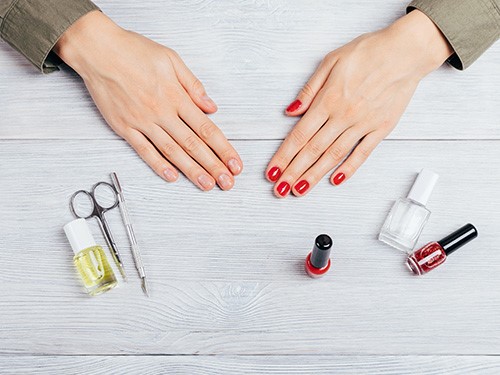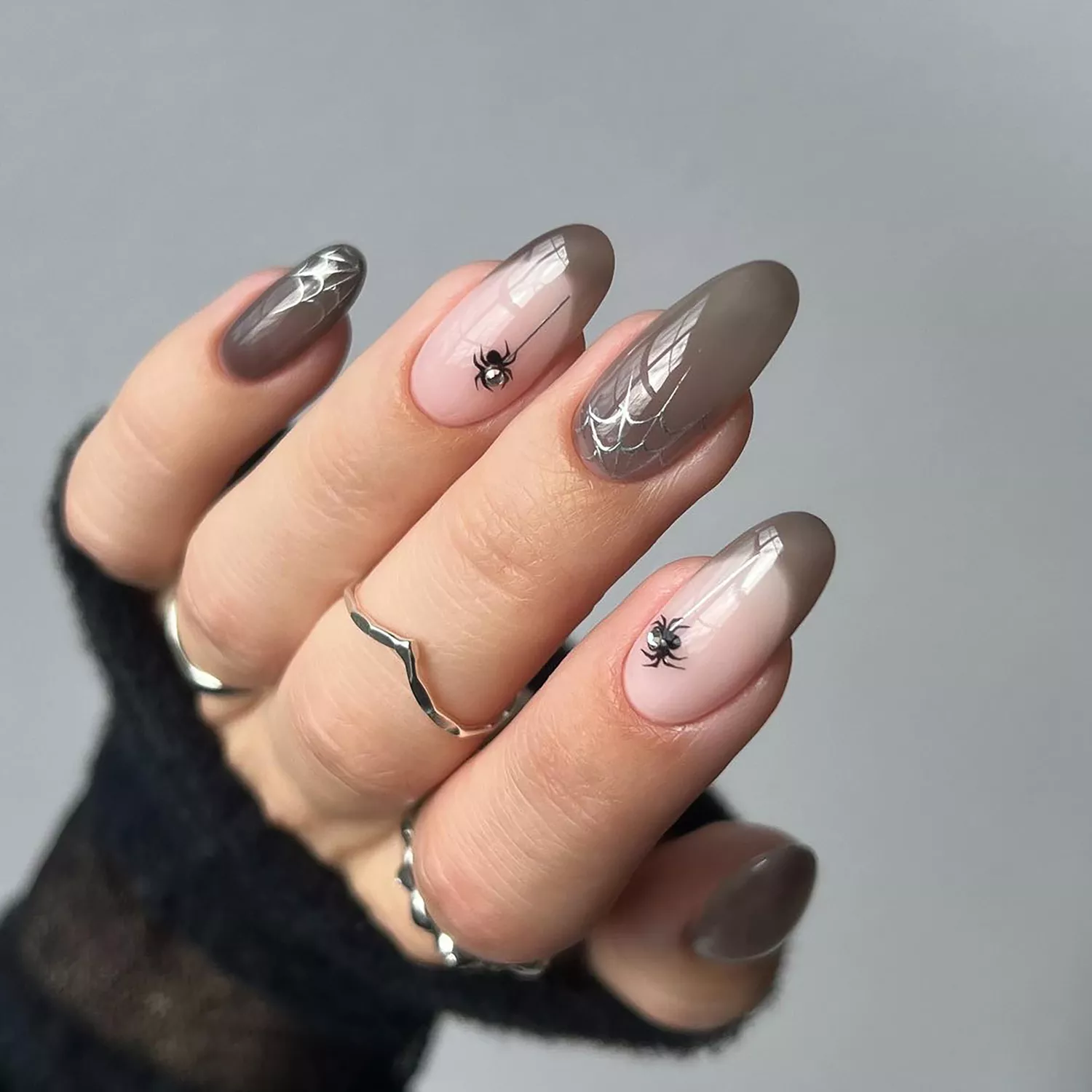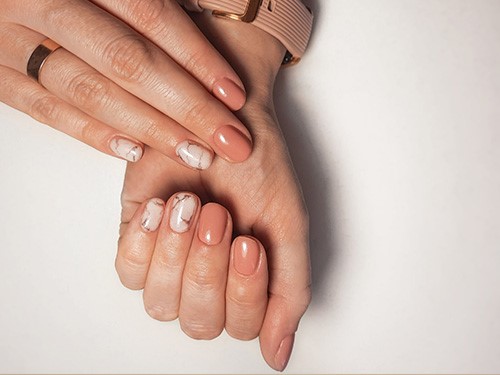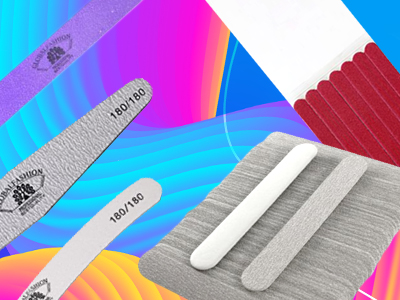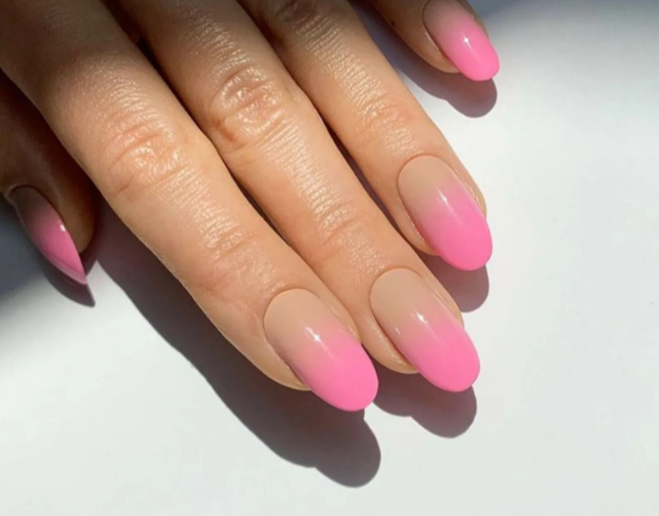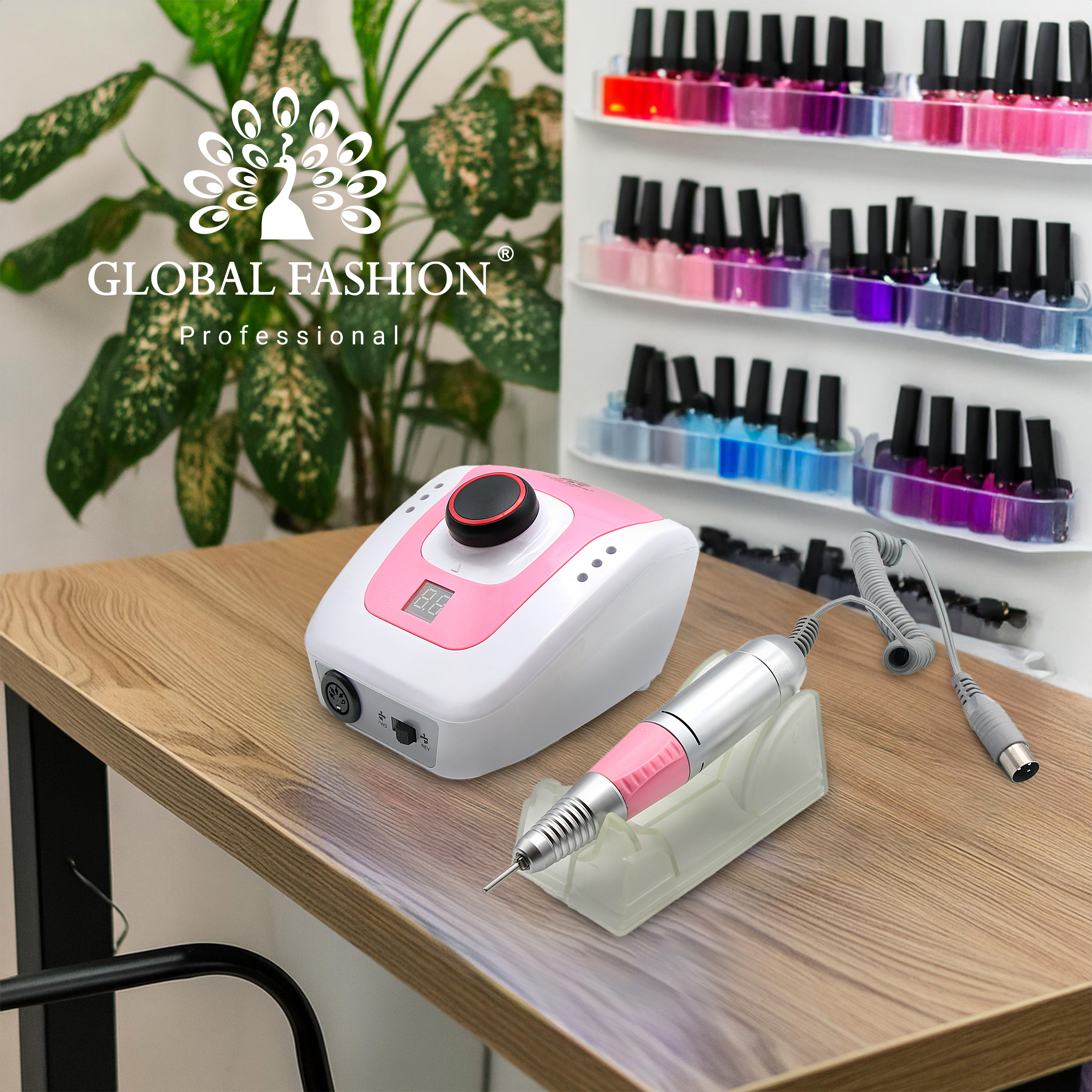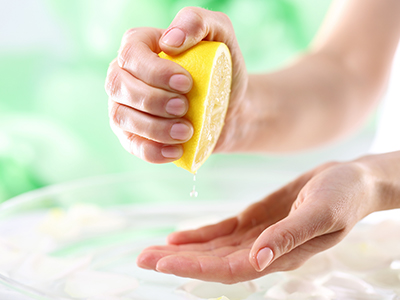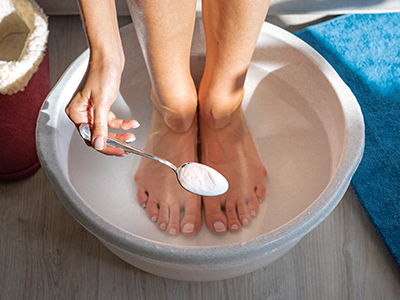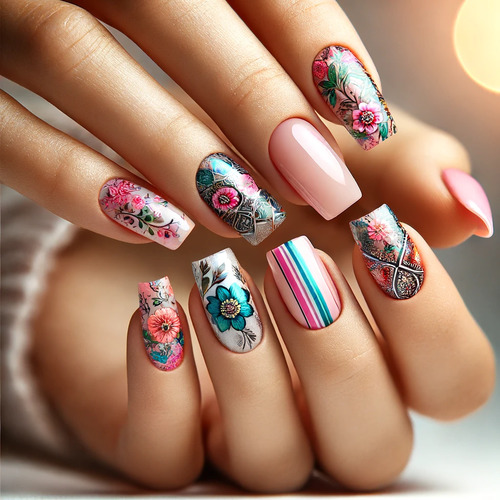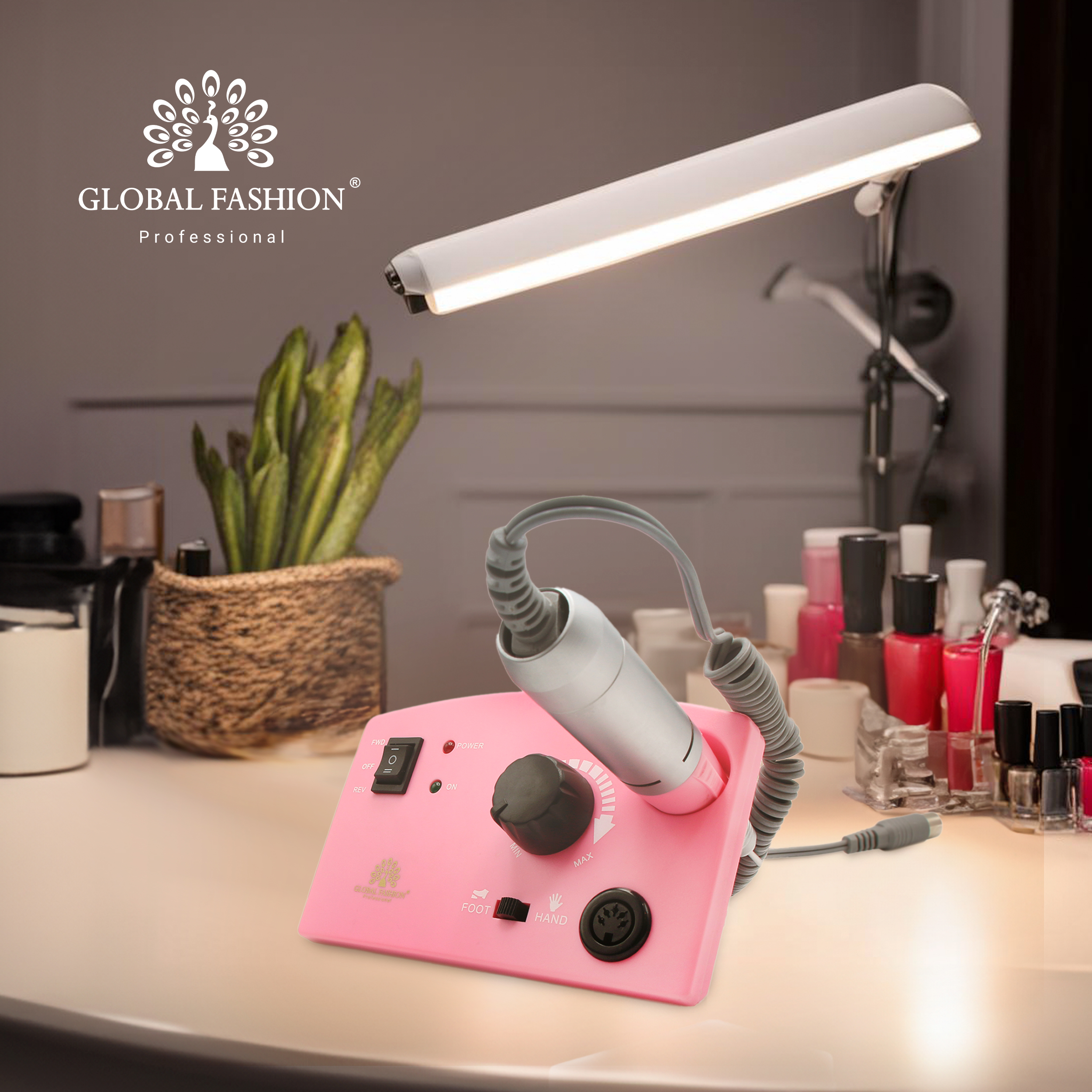Gel nail extension brush: how to choose?
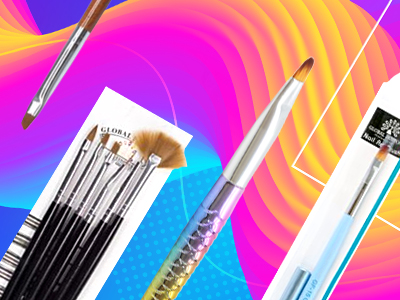
Extension of nails is a whole process that requires special attention and, of course, to create it, you need a number of materials. Any nail extension master is faced in his work with the need to choose the right tools, but there are so many of them and it is difficult to make the right choice and still not slip.
In this article we focus on one of the most important tools for nail extension - gel brushes. In this article we will tell you what they are and what to look for when buying them.
Gel brush - what it consists of
The gel brush consists of a handle, a metal part and a hair bun. The handle can be plastic, wood or metal. Long or short. Each master selects these characteristics solely at his own discretion. The main thing is that it is not heavy, does not slip, does not climb. The handle must be ergonomic and fit comfortably in the hand. The metal part of the brush must be sure to tightly connect the hair bundle and the base of the brush. Ideally, it should be seamless. The hair bundle must be thin and sharp, and all the hairs must be carefully adjacent to each other. Depending on the hair bun, the brushes are round, oval and flat. Most often, flat brushes are used for gel nail extension. See brush
Brushes are:
Natural - consist, as a rule, of kolinka or sable wool. Also, natural brushes have a longer service life.
Artificial - consist of high quality polymers, for example, nylon. These brushes are useful for learning newbies.
By shape, thickness and length of the pile:
1 is the tool with the shortest and thinnest pile.
12 is the largest of the brushes.
Modeling brushes are called brushes, which serve as the main tool for the master when he creates the architecture of the nail, giving it a shape, natural bending, the formation of a stress zone (this is a zone on the border of natural and artificial nails that requires additional strengthening).
Gel brushes. Varieties
Gel brushes. Brushes generally with a square or rectangular dome shape, flat, with stiff fibers. There are synthetic and natural. The combination of these factors makes it possible to conveniently work with biogel when covering the nail plates and easily model nails from a viscous gel during the extension process. Brushes used for gel extension are made of synthetic elastic fibers, which allow you to get an absolutely smooth working surface due to their capillary properties.
Depending on the shape of the gel brush, it is classified into:
- square.
- rectangular.
- beveled - used to work out a smile in french extensions.
- oval - convenient for creating french extensions and applying gel to the cuticle area.
- pointed.
- rounded.
In terms of size, gel brushes are designated by numbers from 1 to 12, 1 is the smallest (for design), 12 is the largest.
How to choose a brush
Many young masters believe that any artistic brush is suitable for modeling. This is not true! You need to be especially careful in choosing a brush, as it depends on great work and satisfaction of the client.
The new brush is coated with factory glue, the first time you use it, you must first clean it thoroughly, all hair should be facing one way and not sticking out and the tip of the brush should be sharp and clear. When choosing a brush, you must also pay attention to the metal clip. It should fit snugly around the hair bun and handle, not dangle and, preferably, be solid (no connecting seam). For gel nail extension, brushes with synthetic bristles are mainly used. The most convenient for working with such a viscous material is a flat synthetic brush with a hard and elastic bristle. The stiffer the pile, the less the likelihood of irregularities and other defects during modeling. The handle of the brush should not be too thick or long, and should not slip in the hand. The brush should be comfortable for you, so that your hand does not get tired during prolonged work.
Brush Care Tips
To keep your brushes well-groomed and could serve you more time, it is worth considering a few simple rules for caring for them:
1. Brush should never be left in direct sunlight or UV lamp.
2. After each client, the brush should be treated with a special cleaning agent.
3. Use the brush only for its intended purpose, other actions may lead to the loss of villi from the brush or its deformation so that further work with it becomes difficult.
4. Do not leave the tool in water even for a short period, as this can also spoil the shape of the working area
5. Try not to leave paint on the brush. You can wash it only with nail polish remover, but it has a bad effect on the pile - it becomes hard and naughty, which is unacceptable in design.
6. For the palette, use a smooth material (for example, gloss), this will help keep the pile, otherwise it may wear off
7. Dry the brushes in natural conditions, pile down.
There are several general storage guidelines that can help with long-term retention. But, it should be noted that the service life of the brush also depends on the quality of the brush itself.
- all brushes should be stored in a horizontal position. An excellent solution would be to have a special organizer, where there will be a place for each instrument.
- do not cover the wet brush with a cap, this may cause it to lose its shape or even lose a few hairs.
- the storage space should be spacious and well ventilated.
- It is necessary to store brushes in a tight pencil case or a small plastic container to avoid early deformation. Buy brush
We hope that our article was useful to you and will serve you in the future.
Published: 04.11.2020 18:07
Times Read: 3669
6772 bought
ID: 3678
269 с
-5%
3367 bought
ID: 3688
481 с
-5%
3391 bought
ID: 2071
288 с
-5%
2347 bought
ID: 1863
336 с
-5%
1503 bought
ID: 11773
202 с
1770 bought
ID: 12137
182 с
-10%
514 bought
ID: 16061
258 с
-15%
410 bought
ID: 18149
189 с
-15%
255 bought
ID: 15998
189 с
-15%
240 bought
ID: 2190
215 с
-15%
618 bought
ID: 15248
215 с
-15%
159 bought
ID: 12211
258 с
-15%

